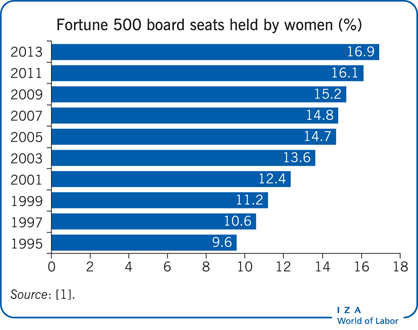Elevator pitch
Women’s representation on corporate boards, political committees, and other teams is increasing, in part because of legal mandates. Understanding the effects of gender diversity in terms of economic performance is important to assess the impact of these changes. Data on team dynamics and gender differences in preferences (risk-taking behavior, taste for competition, prosocial behavior) show how gender composition influences group decision-making and subsequent performance through channels such as investment decisions, internal management, corporate governance, and social responsibility.
Key findings
Pros
Gender diversity leads to broader representation of preferences.
Diversity policies help promote equal opportunities and make up for past inequities.
Promoting diversity could help break down cultural barriers.
Greater female participation might encourage other better prepared women.
Cons
The transition to greater diversity has adversely affected performance, at least in the short term, due in part to adjustments in team dynamics.
The short-term decline in performance is often attributed to team members’ skill mismatch and team interactions.
There is evidence that endogenously formed teams are hard to sustain and that they revert to less diversity.
Legislative mandates might be ineffective and counterproductive if committees with a larger share of women are less likely to select female candidates.
